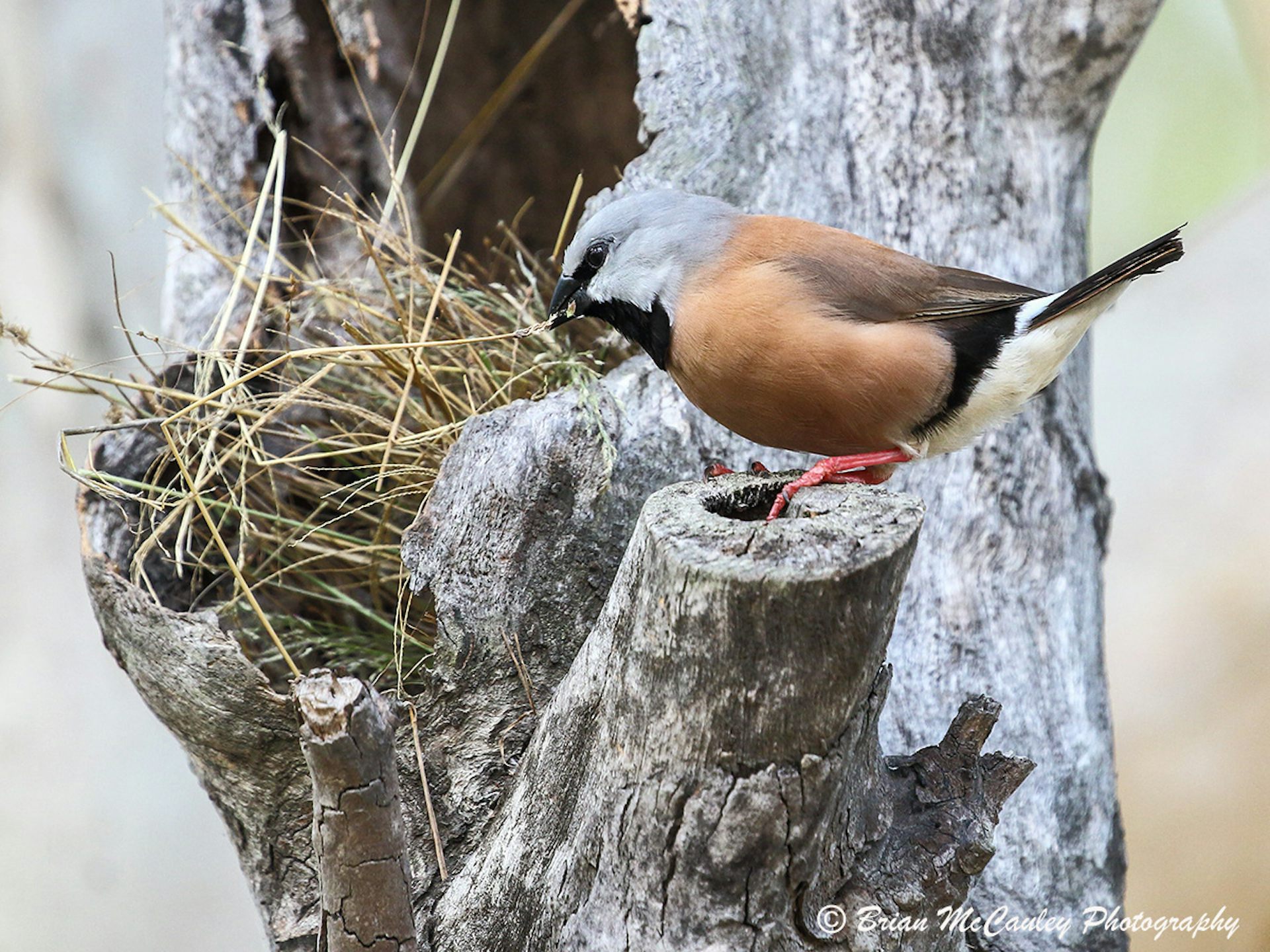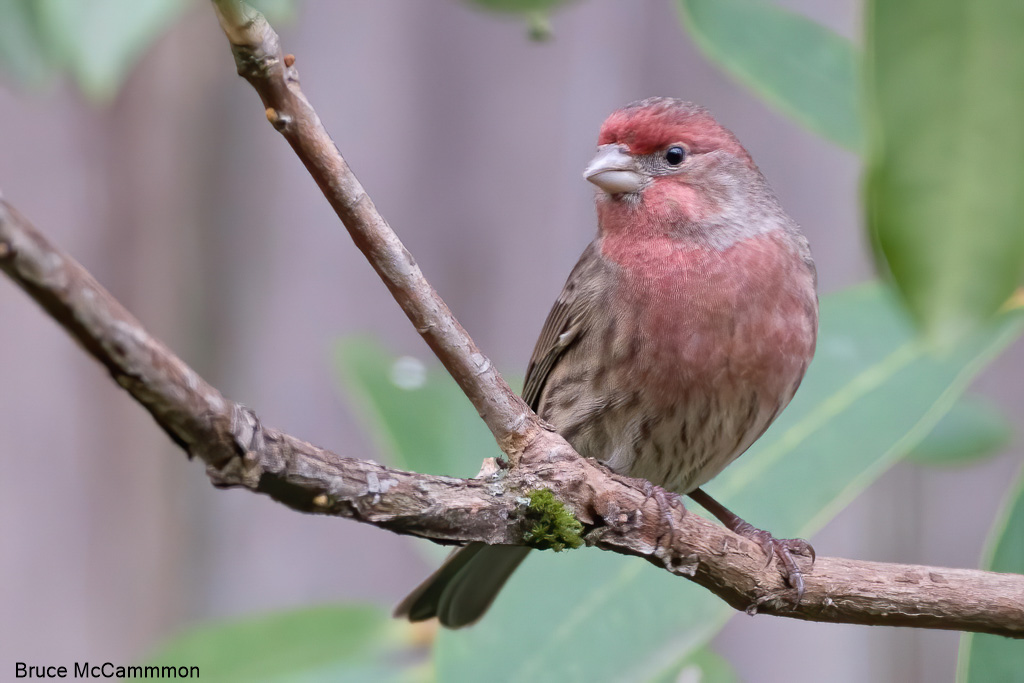
However, unlike zebra finches, society finches do not exist in the wild. light brown mottled with white (often referred to as fawn pied) like the bird in the top photoĪlso like zebra finches, society finches belong to the family Estrildidae and the order Passeriformes.

dark brown mottled with white (often referred to as chocolate pied).Society finches come in different color patterns: The article on Keeping and Caring for Small Finches. For information about their housing and basic care requirements please see Like zebra finches, society finchesĪre good pet birds for beginners. This is particularly useful if they are being used to foster species that require a high protein component to be successfully reared.Society Finches ( Lonchura striata domestica) are often called Bengalese finches.
#Society finch crack
They will not usually take live-foods, but it has been found they will often accept house fly pupae, which they crack like seed. They are generally given a diet of seeds, such as millets and canary seed, and greens.

But if the first bird does not display it is almost certainly a hen. Unfortunately this does not necessarily mean the introduced bird is a female.

If the first bird is a male it will immediately display to the newcomer. The best way of using this method to sex Bengalese is to place a single bird in a small cage and completely isolate it from its own kind for several hours then introduce another Bengalese to the cage. However, it is possible to determine gender by behavior since males tend to display to impress and court females. Obtaining a female-male pair can present a difficulty because both sexes look exactly the same at first glance. They are also quite easy to breed provided they are, of course, adequately sexed. They are cheerful little birds that are quite easy to look after. This sociability is also responsible for their American name of "Society Finch". Thus they breed better if kept as single pairs in individual breeding boxes. In an aviary they lay eggs and crowd into a single nest, interfering with incubation or damaging the eggs. These birds like to be close together and tend to all roost in one nest if kept in a group. Two males will usually accept eggs, or even partly grown young without any hesitation. While two males may not get along without other company, it has been found the best "pairing" for fostering is to use two males, this works better than either two females or a male and female pairing. They breed well and are good foster parents for other finch-like birds. A DNA study found that it was more closely related to the White-rumped Munia than either bird is to the Zebra Finch, the Chestnut-breasted Munia, or the "Silver Bill", indicating that it originated from the White-rumped.īengalese Finches are well adapted to captivity and the company of humans. Many authorities call it a domestic form of the White-rumped Munia, at least probably, though some state that it originated as a hybrid of this species with others in the genus ''Lonchura''. It is a member of the estrildid finch family.

domestica'', is a popular cage bird not found in the wild. The Society Finch or Bengalese Finch, ''Lonchura striata domestica'' or ''L.


 0 kommentar(er)
0 kommentar(er)
